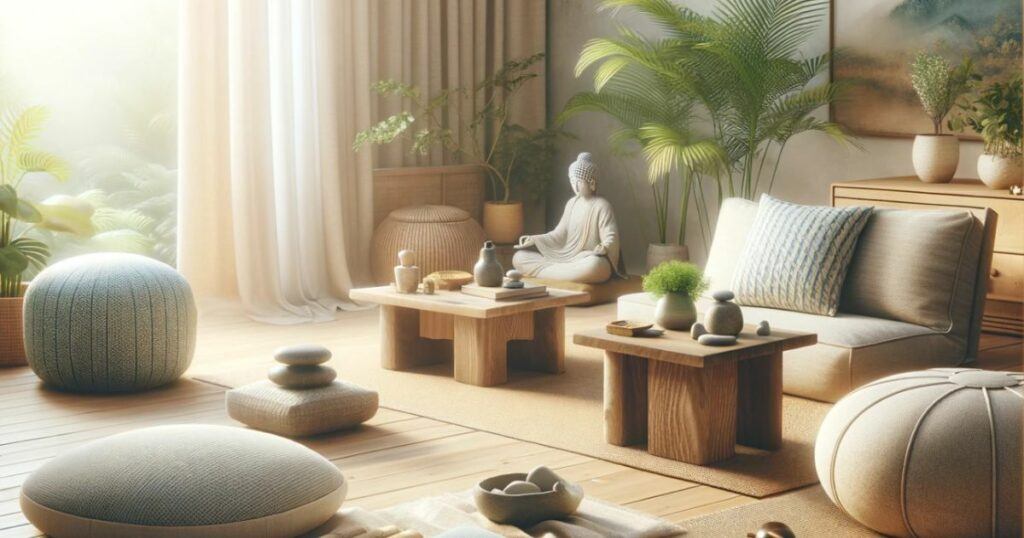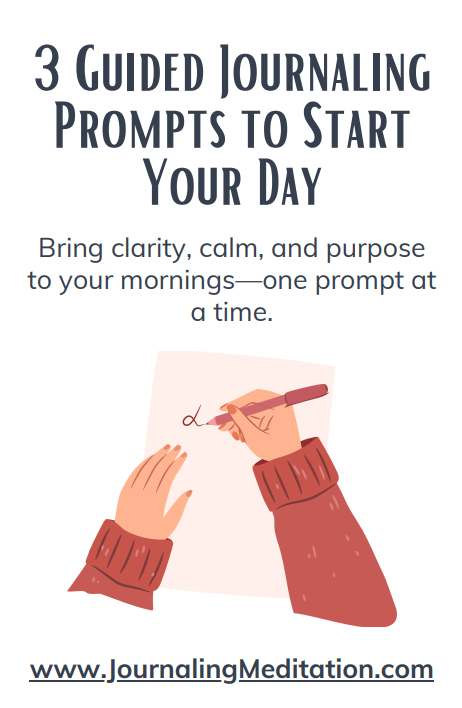
In the world of meditation, where mental clarity and peace are the ultimate goals, how you’re seated shouldn’t be what distracts you. This brings us to a very important tool in the meditator’s kit: the meditation cushion. But what is a meditation cushion for, exactly? These specialized cushions are designed not just to improve your comfort but to support your posture, making your meditation sessions more effective and enjoyable. If you’ve ever found yourself adjusting your seat more times than you’d like to admit, read on.
(This post contains affiliate links. If you make a purchase through these links, I may earn a commission at no extra cost to you.)
The Importance of Comfort in Meditation
Why Comfort Matters
The link between the mind and body is inseparable, especially in practices like meditation. Physical discomfort can quickly become a distraction, pulling your focus away from mindfulness or a mantra. Without comfort, even the most peaceful meditation can turn into a test of endurance.
Effects of Poor Posture
Regularly sitting without proper support can lead to more than just temporary discomfort. Over time, poor posture can cause lasting pain in the back, neck, and shoulders, and even affect your spine’s health.
What Is A Meditation Cushion?
Definition and Types
A meditation cushion isn’t just any pillow. It’s a carefully designed tool to aid in meditation. The most common types include:
- Zafu: A round cushion that elevates the hips and allows the legs to rest comfortably.
- Bench cushions: Used with meditation benches for a raised, supported seat.
- Zabuton: A mat that provides cushioning for the knees and ankles.
Materials and Filling
Meditation cushions come with a variety of fillings to cater to different preferences and needs. Buckwheat hulls are a popular choice for those seeking firm support. On the softer side, kapok fiber offers a more conforming feel, adapting smoothly to your body contours for gentle support. Modern memory foam options provide a blend of firmness and comfort, adjusting to your body temperature and weight for a personalized meditation experience.
Benefits of Using A Meditation Cushion
Enhanced Posture
The right meditation cushion supports a natural, upright posture, which is crucial for a successful meditation session. By elevating your hips and allowing your legs to comfortably rest, these cushions promote spinal alignment. This correct alignment not only helps in reducing the strain on your back but also enables you to sit for longer periods without experiencing discomfort.
Improved Comfort
A meditation cushion plays a significant role in improving your comfort level during your sessions. By providing a supportive base, it reduces pressure on your joints, particularly your hips, knees, and ankles. With physical distractions minimized, you can focus your full attention to your practice, leading to a more rewarding and effective session.
Increased Focus
When you are not distracted by discomfort caused by sitting on a hard surface, your concentration can deepen. This increased focus makes your meditation sessions more productive and fulfilling, as you’re able to go deeper into the meditative state. As a result, you not only benefit from a more focused session but also from the enhanced mental clarity and relaxation that comes from an effective meditation.
How to Choose the Right Meditation Cushion
Considering Your Meditation Posture
When selecting a meditation cushion, it’s important to consider your posture, as this will significantly influence the type of cushion that will suit you best. Whether you prefer sitting in the lotus, half-lotus position, kneeling, or using a chair, each posture will require different types of support to stay comfortable and maintain alignment over time.
Height and Firmness
Finding a meditation cushion with the right height and firmness is crucial for keeping a comfortable position. The perfect cushion should match your body size and flexibility, offering enough height to allow your hips to comfortably tilt forward and enough firmness to support your weight without sinking too much. This balance helps to maintain a stable, upright posture that helps for a deeper meditation.
Material Preferences
The choice between natural and synthetic fillings affect comfort as well as allergies and sustainability. Natural fillings, such as buckwheat hulls or kapok fiber, are favored for their environmental friendliness and ability to conform to your body’s shape. Synthetic fillings, such as memory foam, offer a different kind of support that might suit those looking for a softer, more uniform experience. Considering your material preferences will help you pick a cushion that meets your comfort while aligning with your values and health considerations.
Tips for Using Your Meditation Cushion Effectively
Proper Placement
To get the most out of your meditation cushion, it’s important to position it in a way that supports your sit bones. By placing the cushion under your sit bones, you can help tilt your pelvis slightly forward, encouraging a natural curvature of the spine. This is critical for maintaining an upright, comfortable posture that allows for a more focused meditation sessions.
Combining with Other Meditation Tools
To elevate your meditation experience, consider pairing your meditation cushion with other supportive tools such as a zabuton or a meditation bench. A zabuton, placed under your cushion, can provide additional padding for your knees and ankles, offering extra comfort during prolonged sessions. Similarly, a meditation bench works well with a cushion to elevate your position, reducing the strain on your legs and allowing for a more relaxed and sustainable meditation posture.
Care and Maintenance
You want to keep your cushion fresh and hygienic to have an inviting meditation environment. Regular cleaning, according to the manufacturer’s instructions, will ensure that your cushion remains dust and allergen free. Plus, inspecting your cushion for signs of wear and tear and addressing it right away can extend its lifespan.
These tools are not just about physical support; they’re about fostering a deeper, fulfilling meditation experience. Think about what your meditation practice might be missing and whether a meditation cushion could make the difference.
We’d love to hear your thoughts or experiences regarding meditation cushions. Do you use one? Have they changed your practice for the better? Do you have questions about incorporating one into your routine? Please share in the comments below!
FAQ Section
In our journey towards a more comfortable meditation practice, questions arise when introducing new tools like the meditation cushion. Let’s take a look at some of the most common questions to make sure your meditation journey is as smooth and beneficial as possible. And if you have any more questions or experiences to share, don’t hesitate to drop a comment below!
What is the point of a meditation cushion?
The number one (and two) thing a meditation cushion is used for is to assist in comfort and support during your sessions. By elevating your hips and allowing your legs to fall naturally, a meditation cushion helps maintain a natural spine alignment, reducing the strain on your back and allowing you to just focus.
What are the benefits of a meditation mat?
A meditation mat, or zabuton, provides a padded surface for your knees and ankles, which is especially beneficial for those practicing on hard floors. It goes well with the meditation cushion by reducing pressure on your joints, allowing for longer, undisturbed meditation sessions. Additionally, it helps to define your meditation space, creating a dedicated area for practice.
What do you fill a meditation cushion with?
Meditation cushions can be filled with a variety of materials, Depending o what you’re looking for. Common fillings include buckwheat hulls, which provide firm, adjustable support; kapok fiber, a softer, more plush option; and memory foam, which conforms to your body. The choice of filling depends on personal preference and the type of support your looking for to be comfortable.
How do you sit on a meditation cushion?
Place the cushion under your sit bones, allowing your hips to be elevated above your knees. This position helps tilt your pelvis slightly forward, giving you a natural spinal alignment. You can sit in a cross-legged position, a half-lotus or full lotus position, or even kneel using a cushion for support. Adjust the cushion to find a comfortable and supportive position for your session.
We hope this FAQ section has answered some of your pressing questions about meditation cushions and mats. Now, we’re curious: What type of cushion interests you at this point? We’d love to hear about your experiences and preferences. Please share your insights and/or experiences below and let’s help each other build a more comfortable and focused meditation practice!






